Takuma Sato's lesson learned leads to Indianapolis 500 victory

Sunday's Indianapolis 500 at times seemed to unfold like Agatha Christie's And Then There Were None, as contender after contender got knocked out.
First it was polesitter Scott Dixon, sidelined from the race on lap 53 by a terrifying crash with Jay Howard that sent his car into an airborne flip into the interior barrier and left the vehicle dismembered but Dixon, thankfully, unharmed. Later, 2014 Indy 500 winner Ryan Hunter-Reay left the race on lap 137 when his engine gave out, a fate that soon thereafter also befell Fernando Alonso, a two-time Formula One champion challenging ably in his first-ever Indy 500. Finally, another messy crash on lap 184 finished the race of four more drivers.
Watch: Japanese announcers’ electric call of Takuma Sato’s Indy 500 win
By the end of the Indy 500, an unlikely veteran found himself in a sprint to the finish line. Forty-year-old Takuma Sato drew just enough speed from his Honda engine to pull out a victory in the final moments and beat three-time winner Helio Castroneves by .2011 seconds. That split-second will make all the difference for Sato, now a member of the elite class of drivers who have won “The Greatest Spectacle in Racing.” But the Tokyo-born Sato is not only the 71st winner of the event: he’s the first Japanese driver to win IndyCar’s marquee event.
“[From] a personal achievement point of view it doesn’t really matter—the nationality,” Sato said Tuesday during a visit to New York for a round of interviews that preceded a victory celebration in his honor.
“You just achieved your dream and feel the satisfaction of it.”
But he also said that he thinks his historic win could help boost his charity program With You Japan, which provides support for children displaced by the 2011 tsunami disaster.
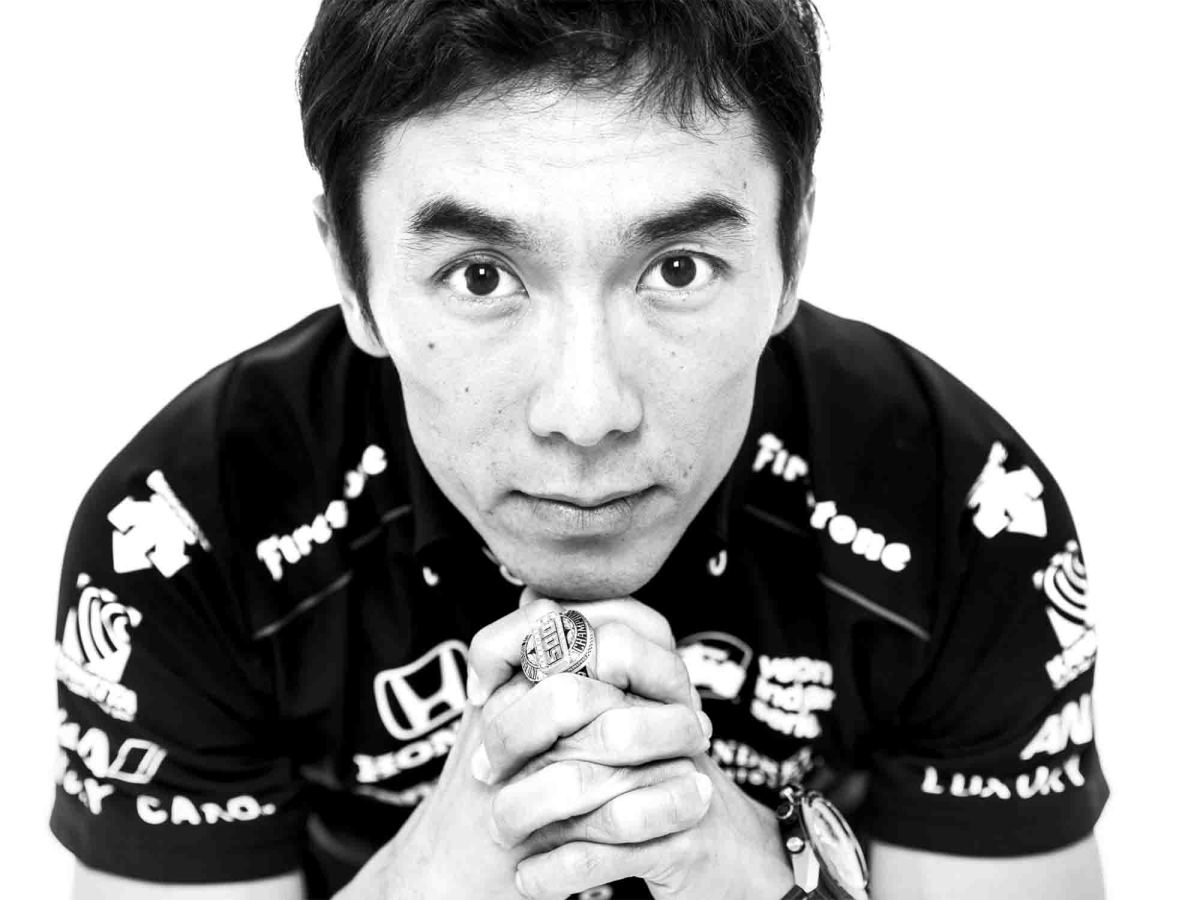
To finish in first place, the racer whose motto is “no attack, no chance” leaned on his experience and learned from past missteps. Sato entered the weekend with just one victory in 123 starts in IndyCar entering the race and had never placed higher than 13th in the Indy 500. In the 2012 Indy 500, Sato seemed to have a shot at victory late, but he crashed in the final lap while trying to make a daring move past race-leader Dario Franchitti. While Sato’s failed move left him with a 17th place finish, Franchitti went on to win the race.
“You try to improve every time, and you’re learning every single outing,” Sato said. “But of course 2012 Indy 500, lap 199—last lap—it is definitely helping in my visual feeling of how you mentally approach the last lap.” And this year, Sato made no such late stumble, ultimately avoiding the crashes that littered the 101st running of the race and the mechanical problems that took out five cars.
Vault: Indianapolis 500 through the years
Indianapolis 500
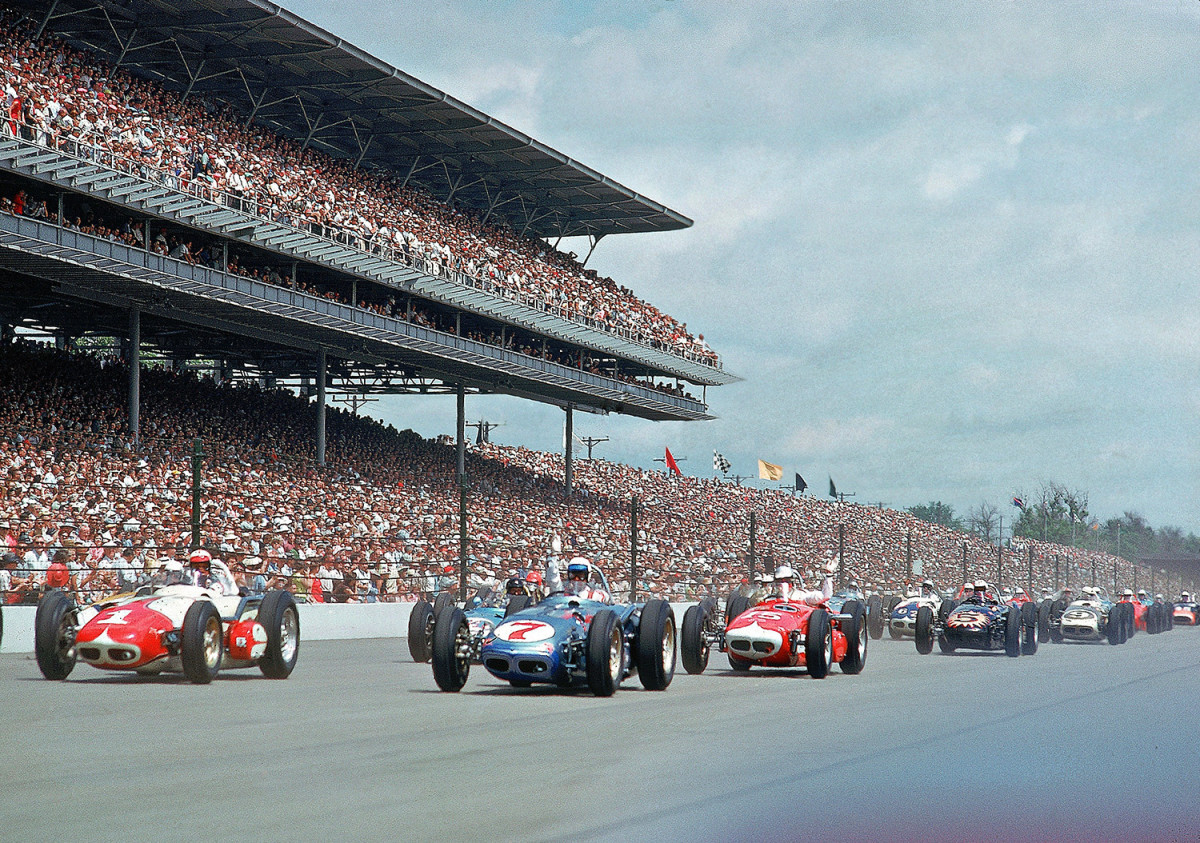
1962: A.J. Foyt (1) and Len Sutton (7) in action during race.
Indianapolis 500
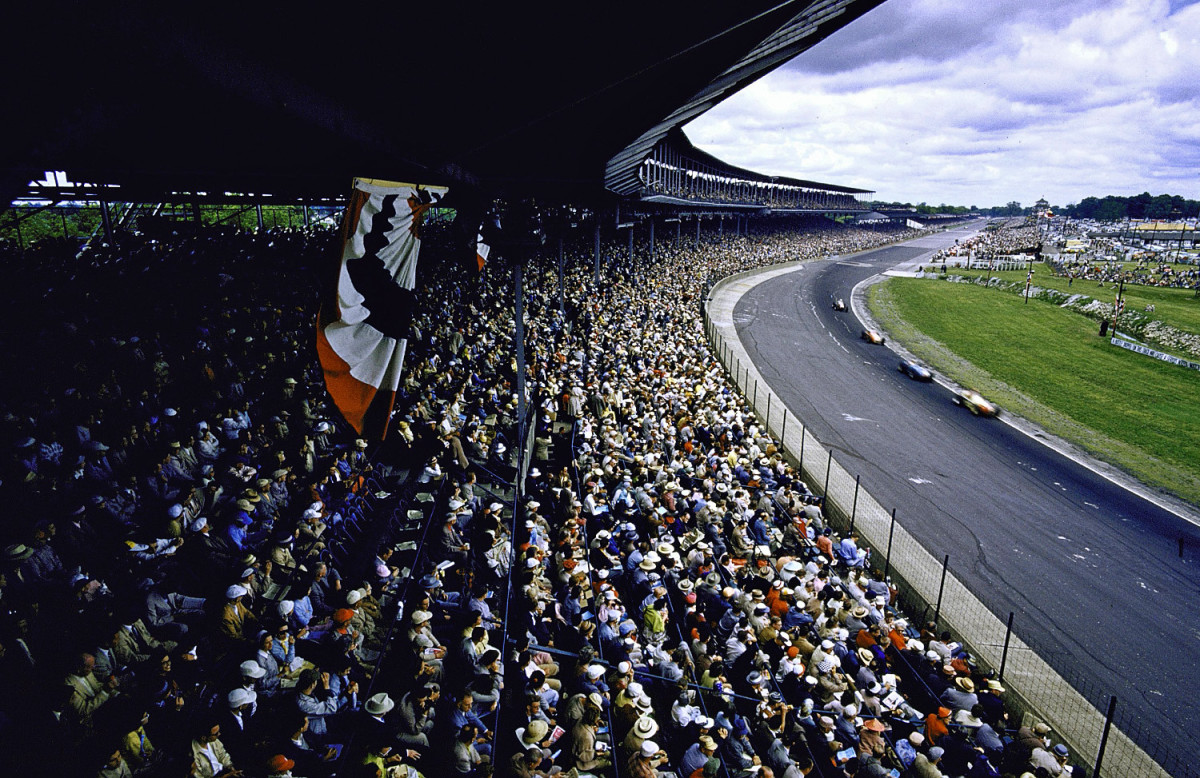
1955: Scenic view of the Indianapolis Motor Speedway.
Indianapolis 500
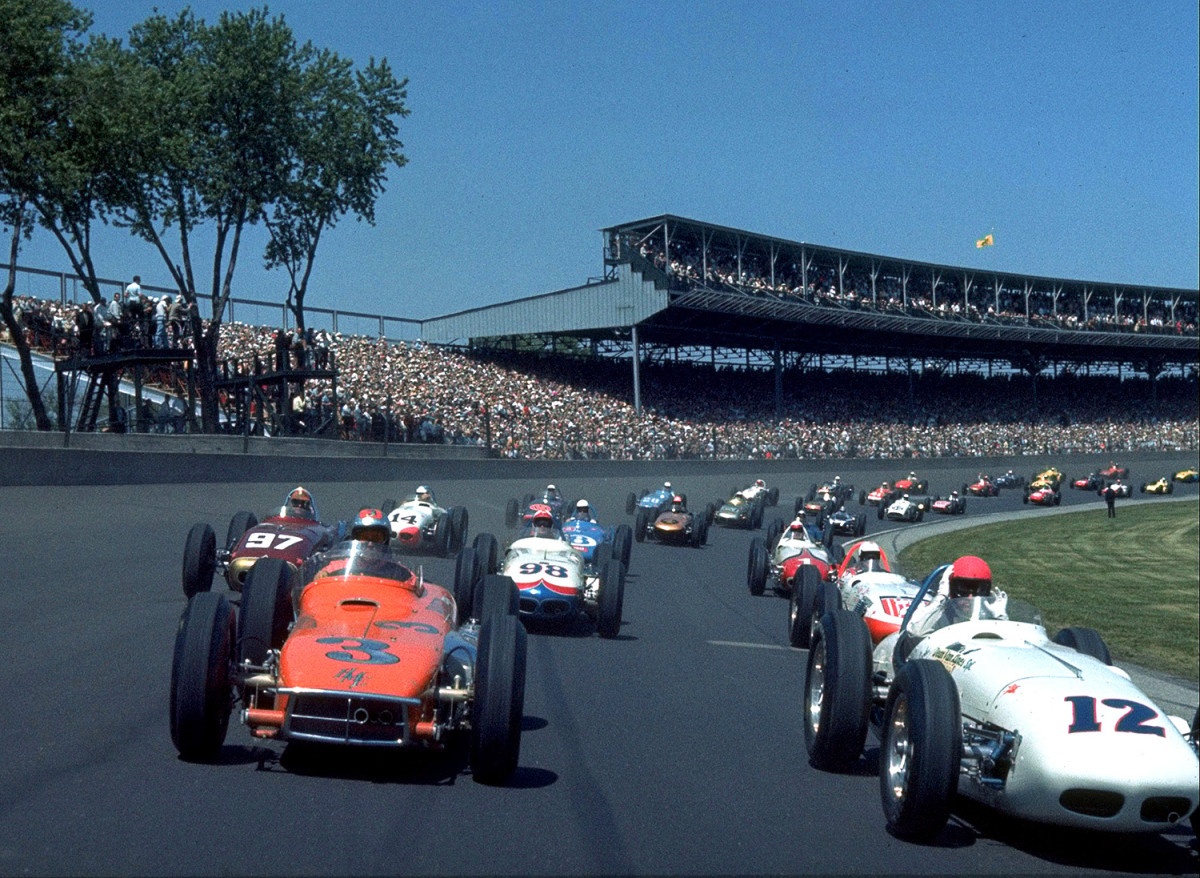
1961: A.J. Foyt (1) in action during turn 1 on pace lap.
Indianapolis 500
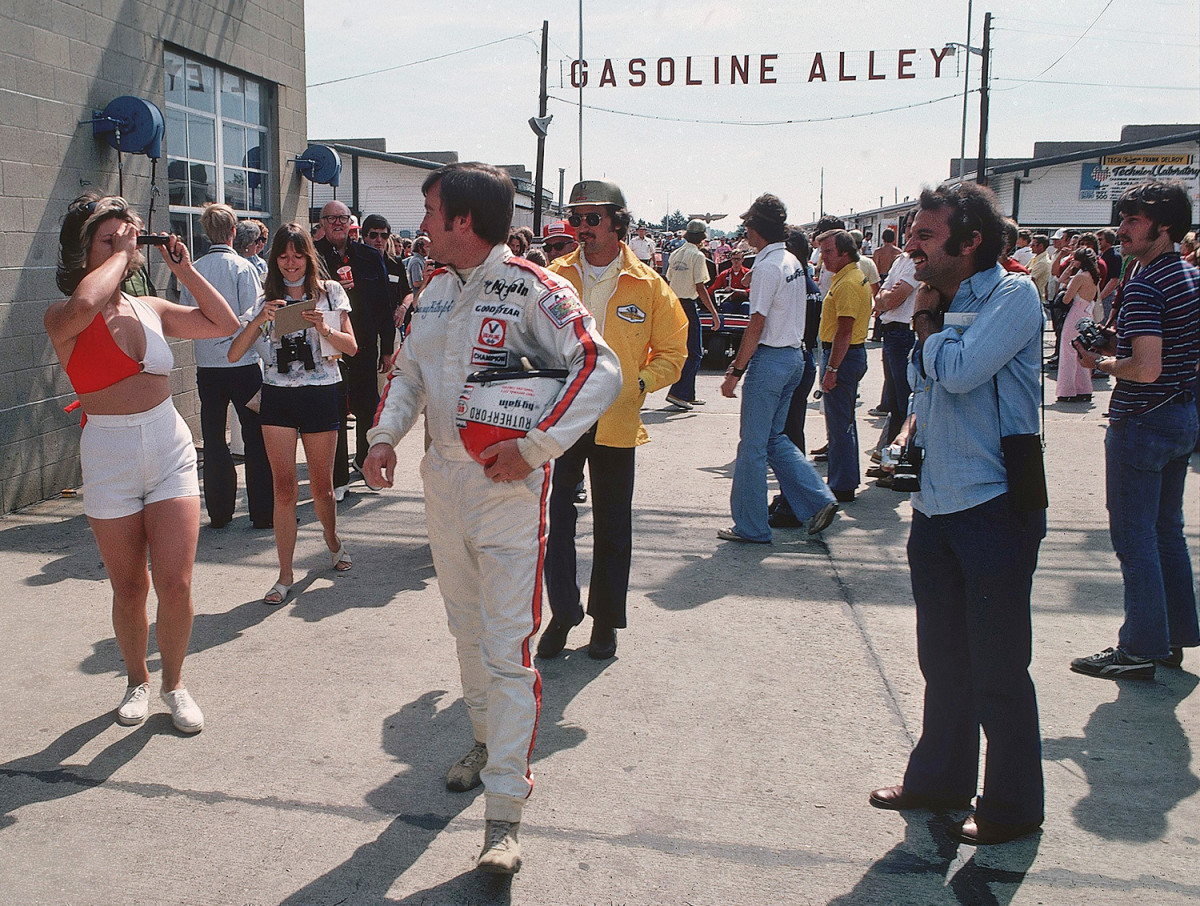
1976: Johnny Rutherford during qualifying trials at Indianapolis Motor Speedway.
Indianapolis 500
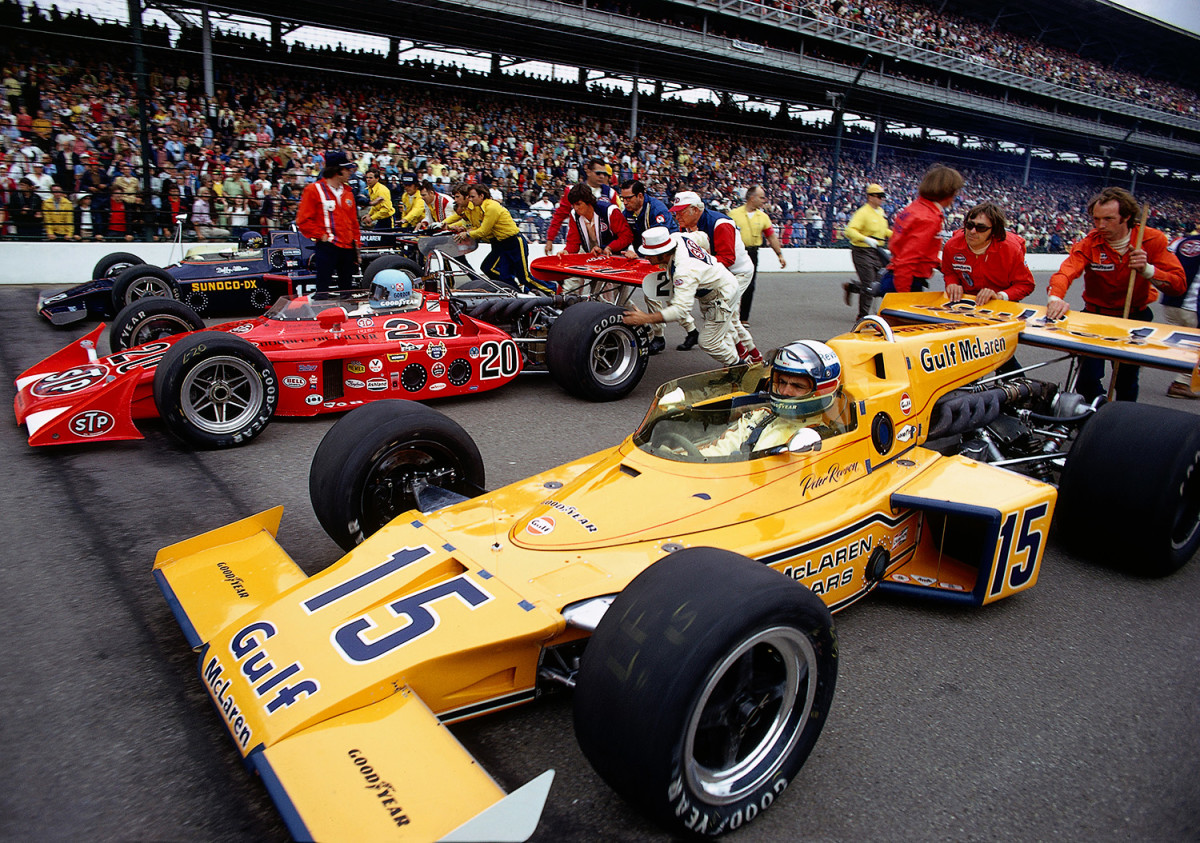
1973: View of Peter Revson (15), Gordon Johncock (20), and Bobby Allison (12) on starting grid before race.
Indianapolis 500
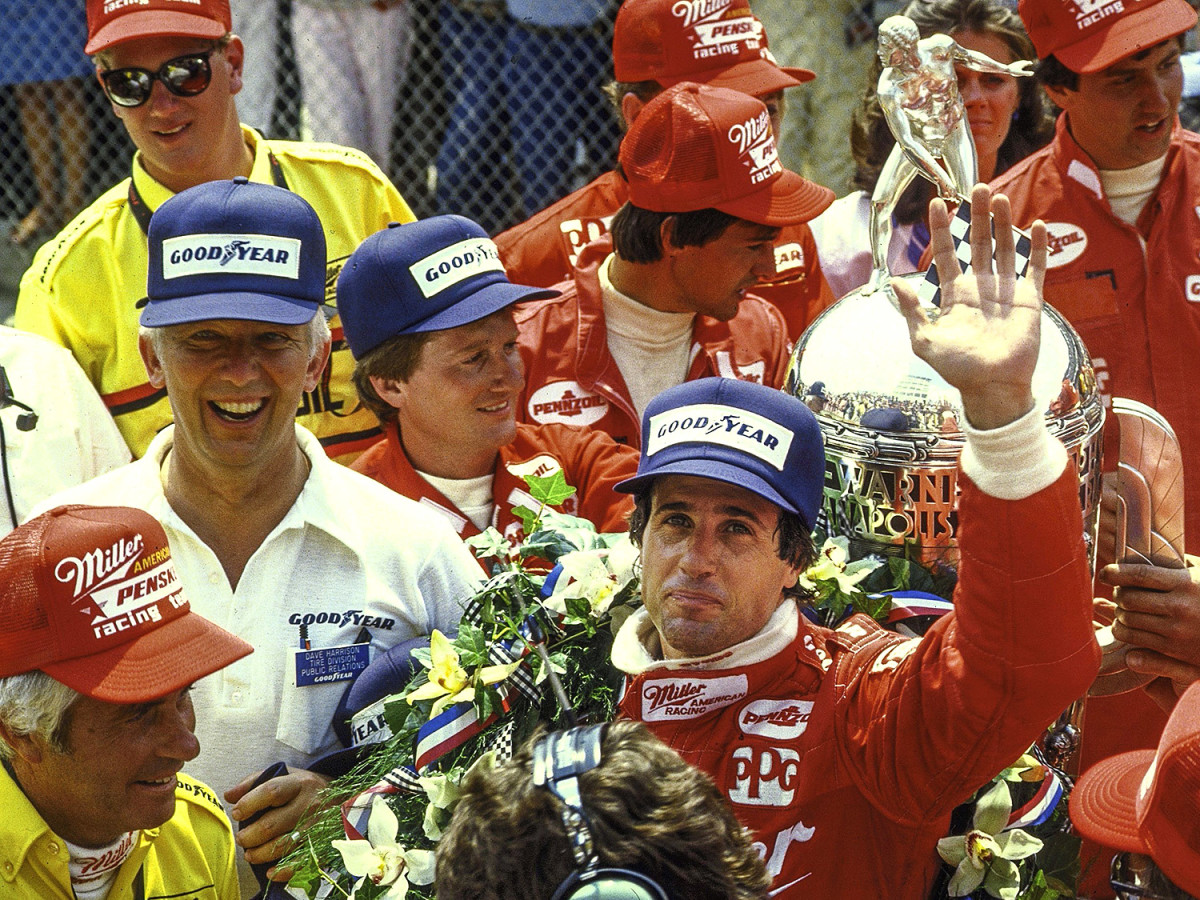
1985: Danny Sullivan (5) victorious with Borg-Warner Trophy during Victory Lane celebration after winning the race.
Indianapolis 500
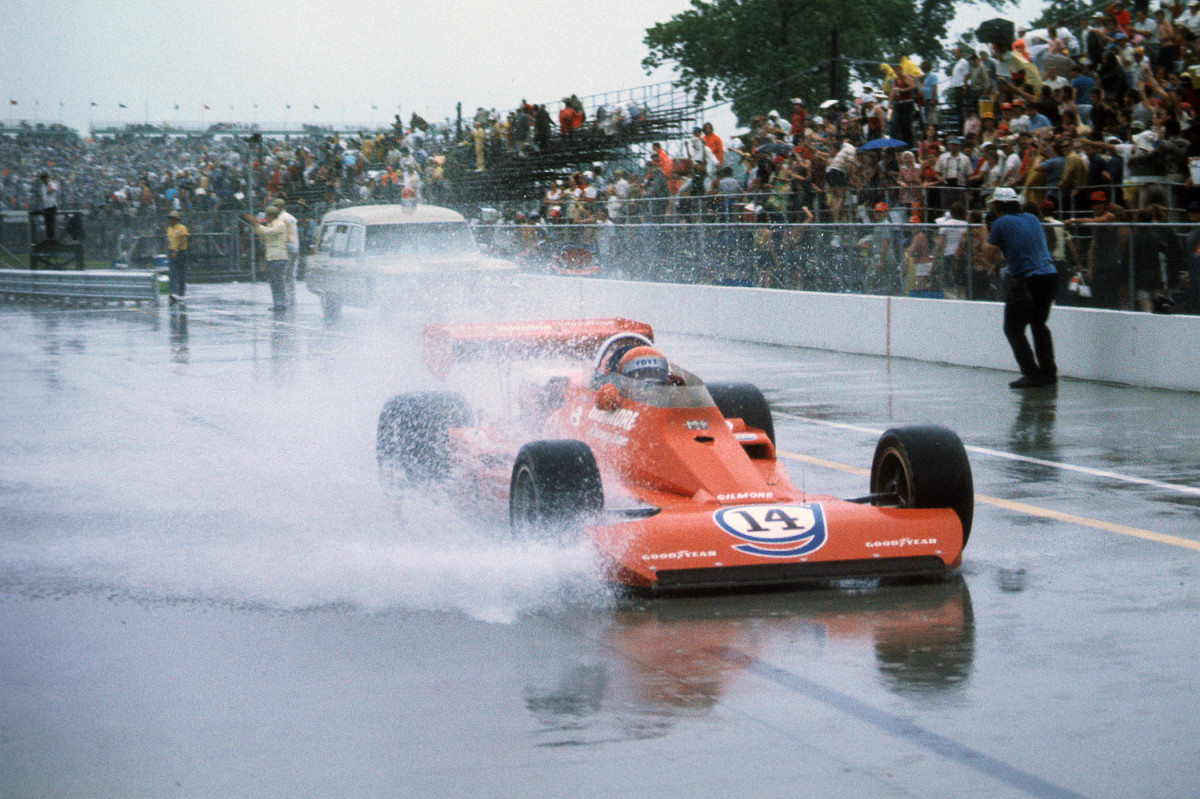
1975: A.J. Foyt (14) in action during race in rain at Indianapolis Motor Speedway.
Indianapolis 500
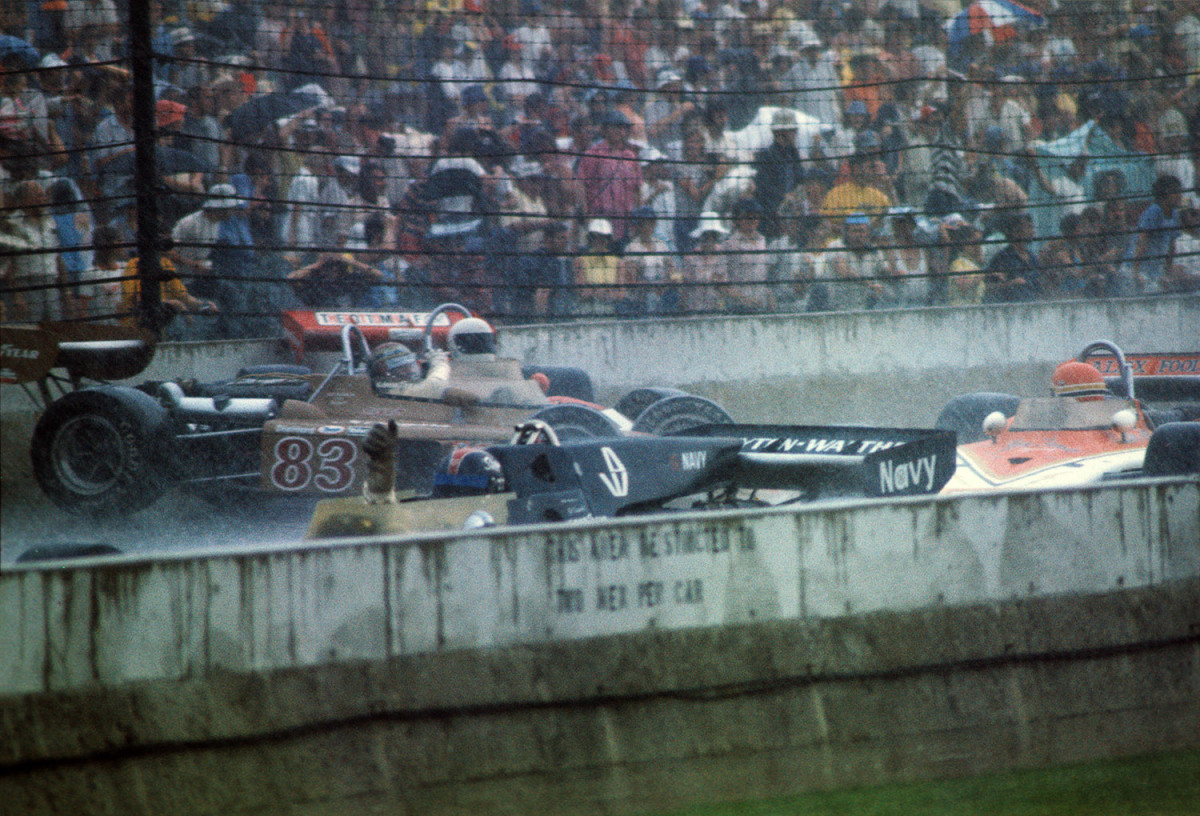
1975: Pileup during race
Indianapolis 500
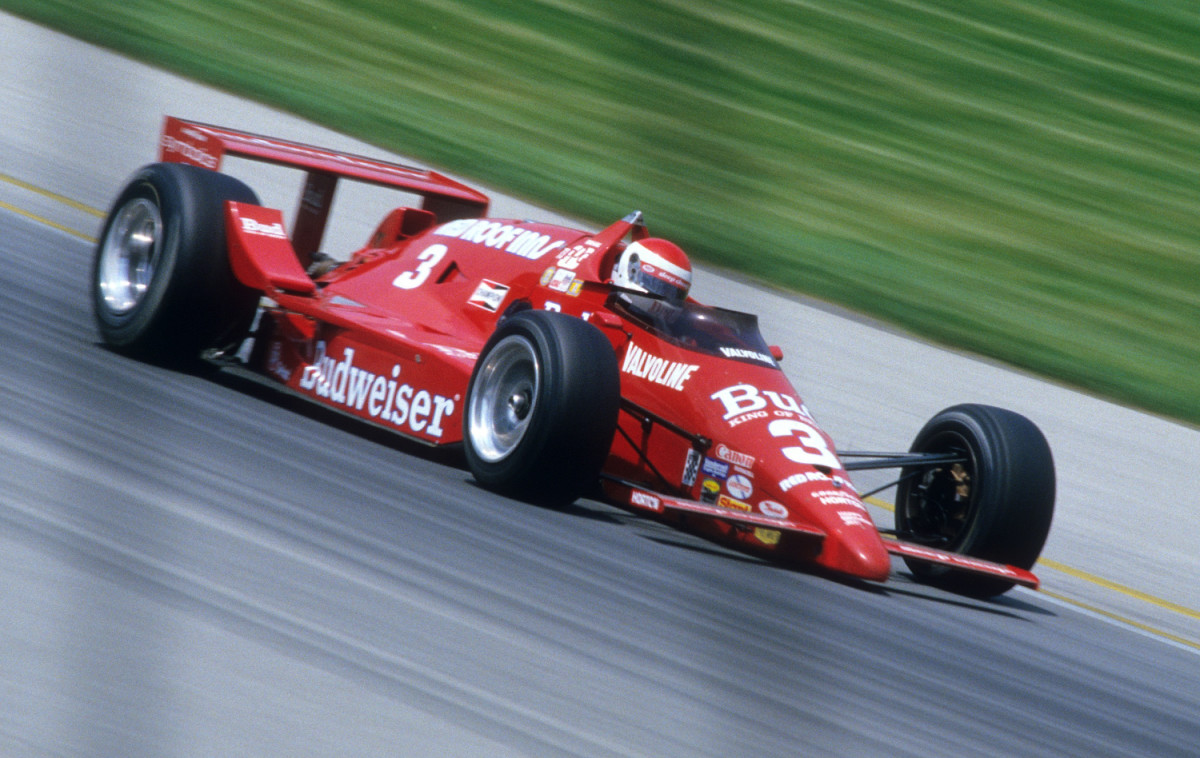
1986: Bobby Rahal (3) in action during race.
Indianapolis 500
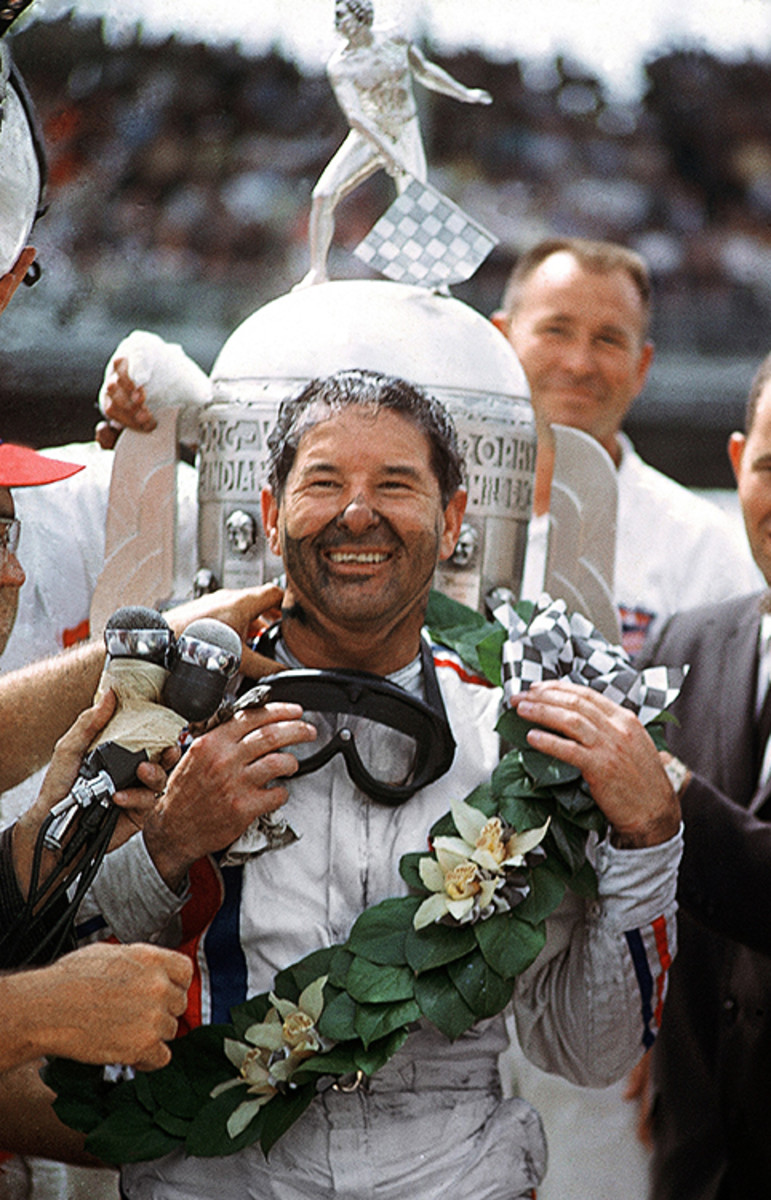
1962: Rodger Ward victorious during Victory Lane celebration
Indianapolis 500
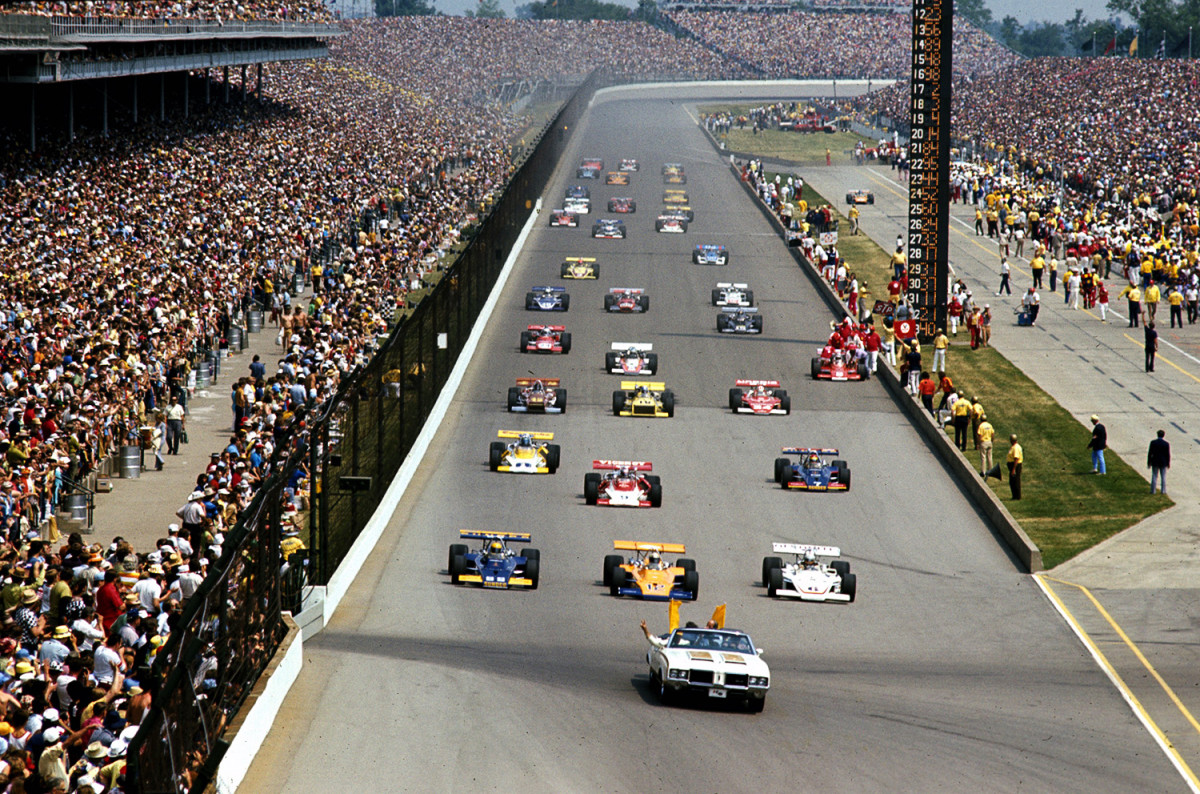
1972: View of former winner Jim Rathmann driving 1972 Hurst/ Oldsmobile pace car before race at Indianapolis Motor Speedway.
Indianapolis 500
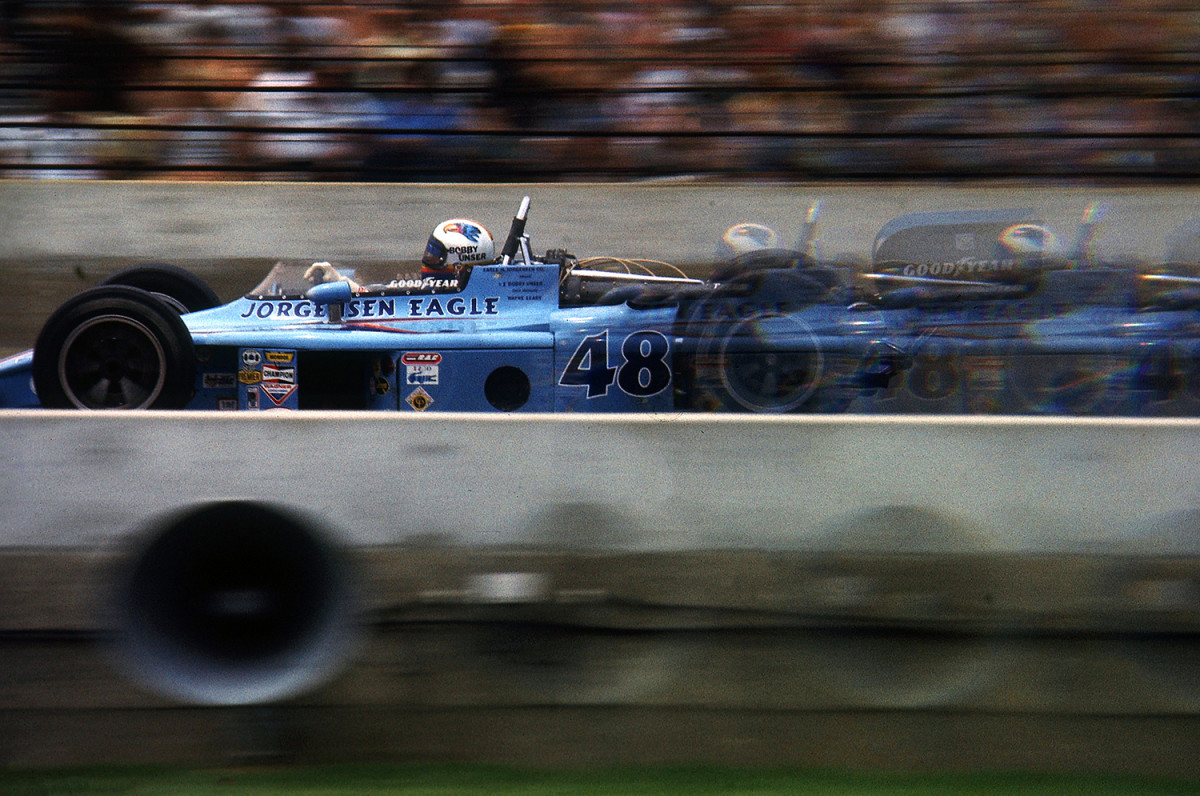
1975: Multiple exposure image of Bobby Unser (48) in action during race.
Indianapolis 500
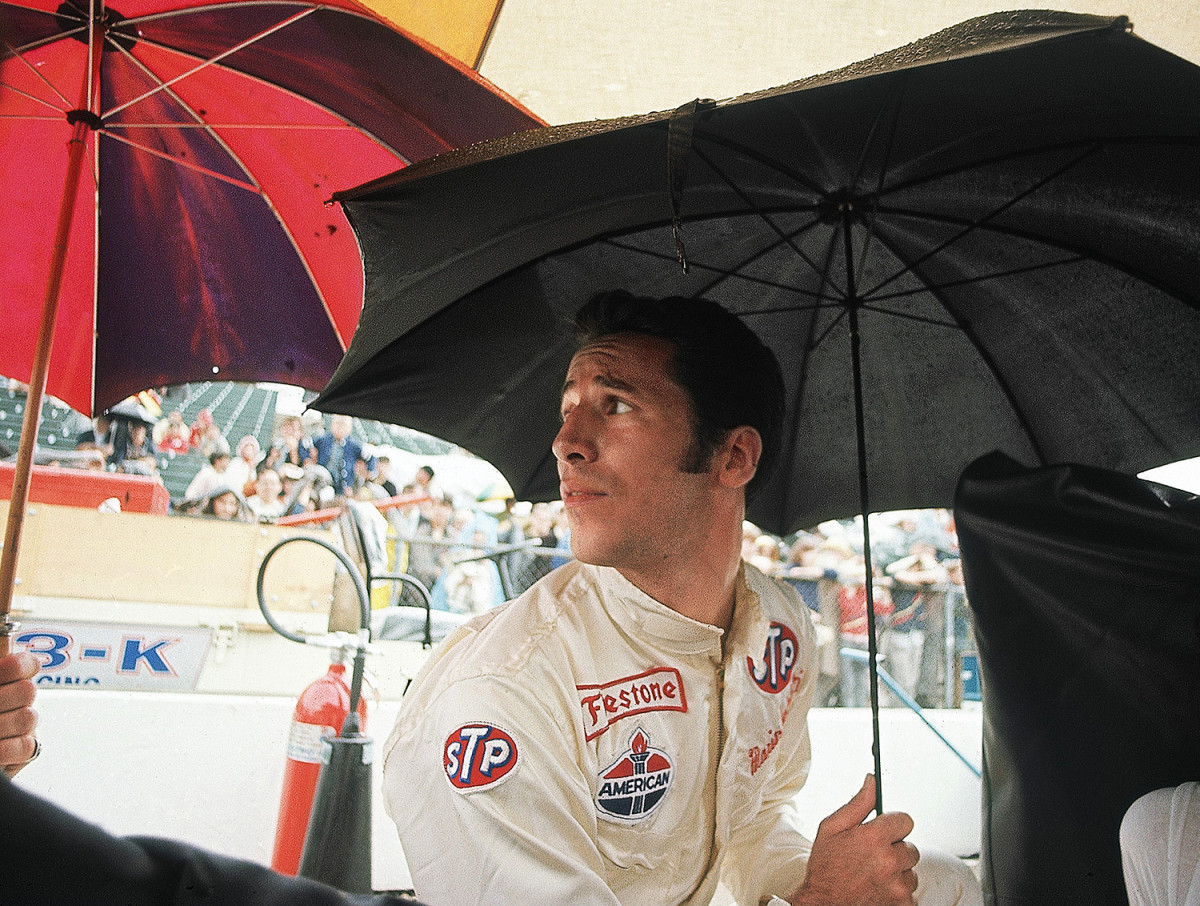
1969: Mario Andretti waiting out rain delay during time trials at Indianapolis Motor Speedway.
Indianapolis 500
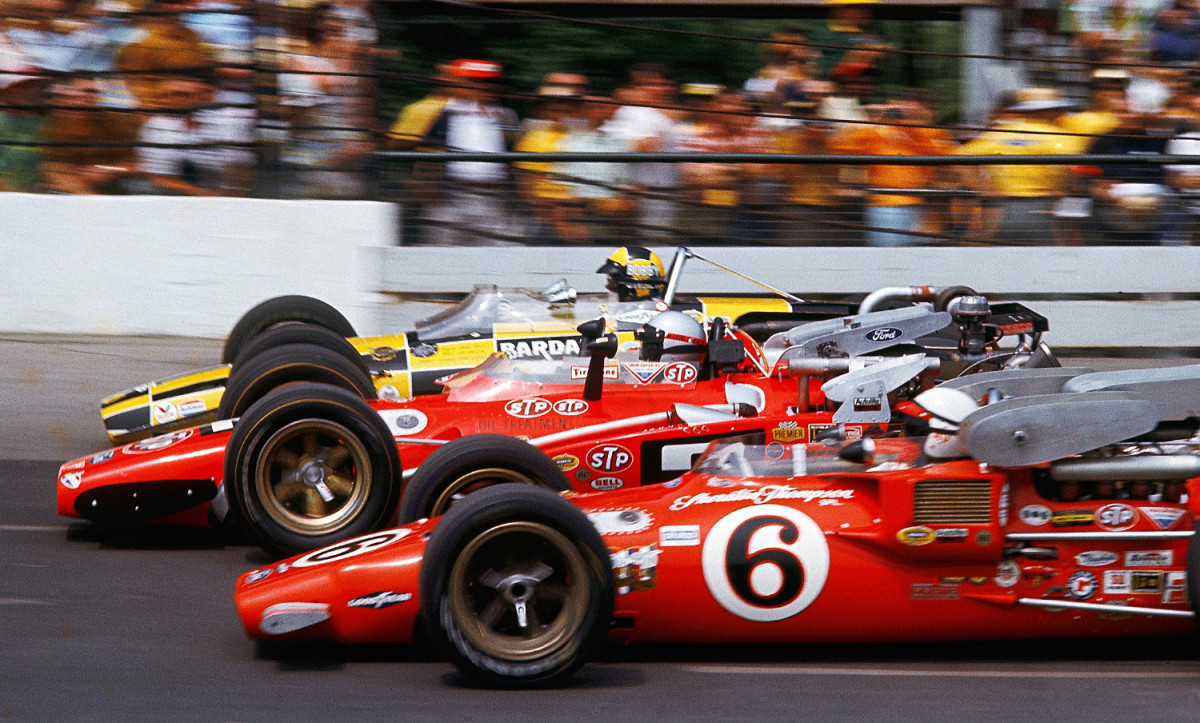
1969: (From top) Bobby Unser (1), Mario Andretti (2), and A.J. Foyt (6) in action, leading field during start of race
Indianapolis 500
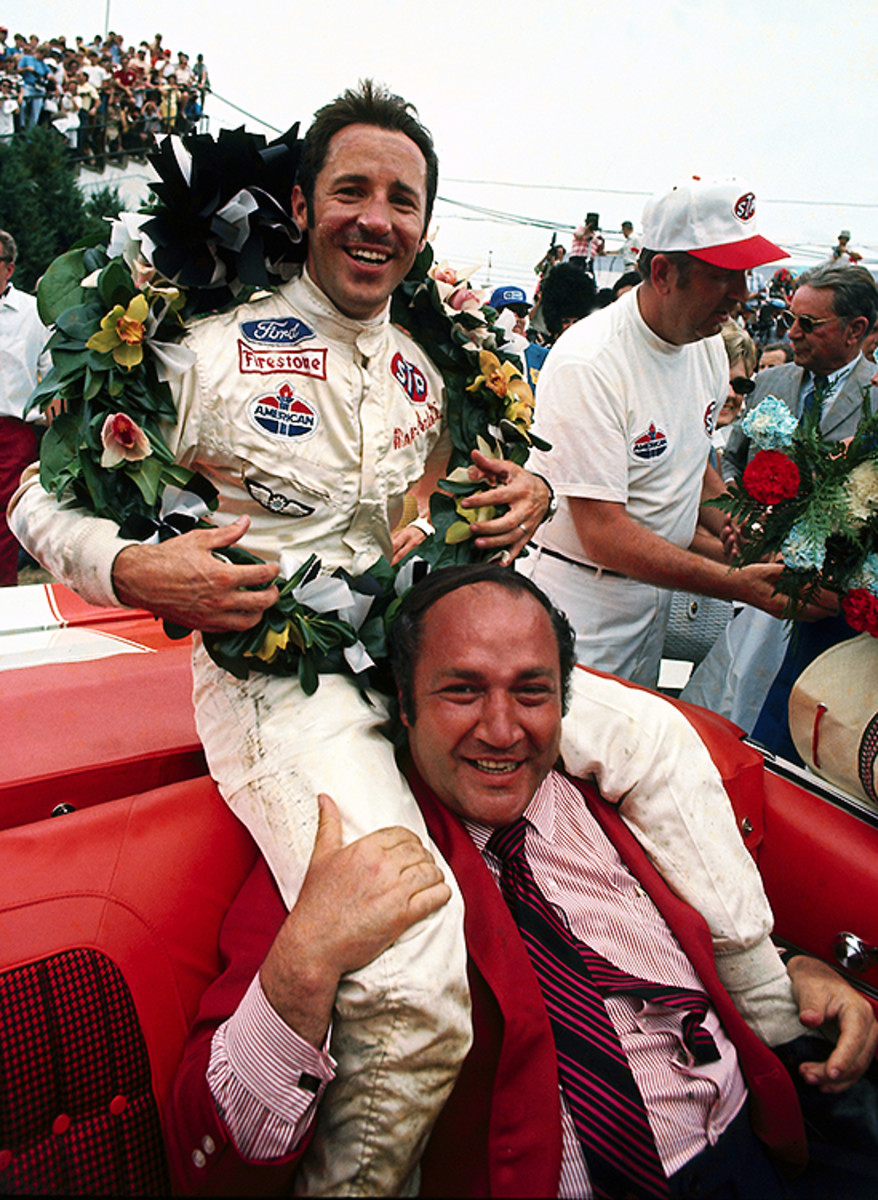
Indianapolis 500: Mario Andretti victorious, getting carried on shoulders of owner Andy Granatelli during Victory Lane celebration after winning race.
For the second straight year, and third time in four years, a driver from Andretti Autosport emerged victorious. Then-rookie Alexander Rossi pulled off a surprise first place finish in 2016 for Andretti. After the race Sunday, Sato said he had dreamed of the victory since age 12. Two days later, he was still riding the surreal post-victory rollercoaster, and he estimated he had only slept three-and-a-half hours per night since the race.
Sato’s victory upended expectations leading up to the race, when many fixed their eyes on Alonso, the star Formula One driver, and Dixon, who captured pole position with the fastest qualifying time in more than two decades. But at the end of a marathon race those eyes had shifted to Sato, whose auspicious fortune and own nimble racing left him as the one downing milk in the race’s customary victory celebration.
“The best milk I ever had,” Sato said.
